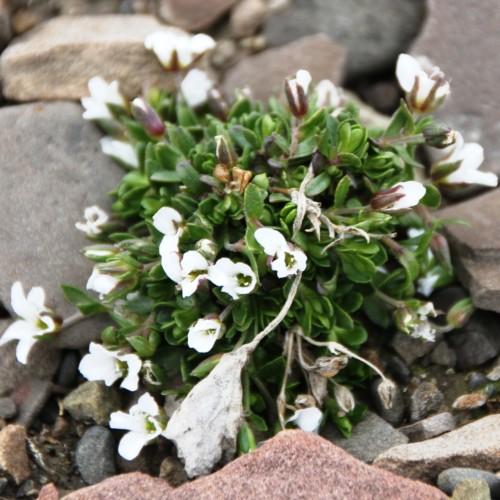
Tundra Sandwort
Arenaria pseudofrigida
Watering:
Minimal
Hardiness Zone:
Sun:
full sun,part shade
Fruits:
Fruits Ready In Fall
Leaf:
Yes
Growth Rate:
Low
Drought Tolerant:
Yes
Salt Tolerant:
Yes
Care Level:
Medium
watering
Alpine Bearberry (Arctous alpina) requires moderate amounts of water and should be watered when the soil is dry. Water deeply and slowly so that the water has time to penetrate down to the roots. The best way to check for moisture in the soil is to use your finger. When the top 2 to 3 inches of the soil are dry, it’s time to water again. Avoid overwatering your Alpine Bearberry: too much water can suffocate the roots and cause root rot.
sunlight
Alpine Bearberry is a hardy, shade-tolerant, evergreen, dwarf shrub native to the Arctic and Alpine regions of North America. This plant species needs full sun for the greatest success, although it tolerates part shade. To ensure optimal growth it is best to provide Alpine Bearberry with at least 6 to 8 hours of direct sunlight each day. During the summer months, when days are longer and temperatures are higher, plants may benefit from more sunlight. Additionally, it is important to be mindful of when light is brightest during the day. If possible, try to place Alpine Bearberry in an area that receives sunlight during peak hours, which is generally between 10:00 AM and 3:00 PM.
pruning
Pruning of Alpine Bearberry (Arctous alpina) is best done in late spring after blossoms have faded and fruits have set. Dead, diseased, or damaged canes should be removed at this time. A light pruning of 1/3 of the oldest and densest canes may be necessary annually to encourage a healthy and vigorous growth. A light shaping of new growth may also be beneficial as desired.
